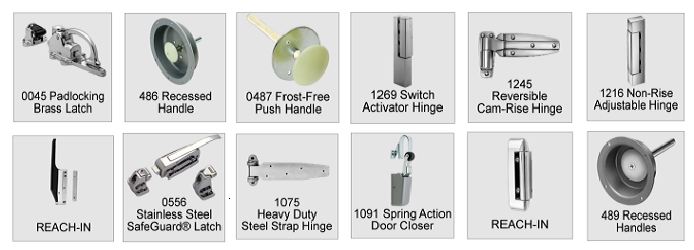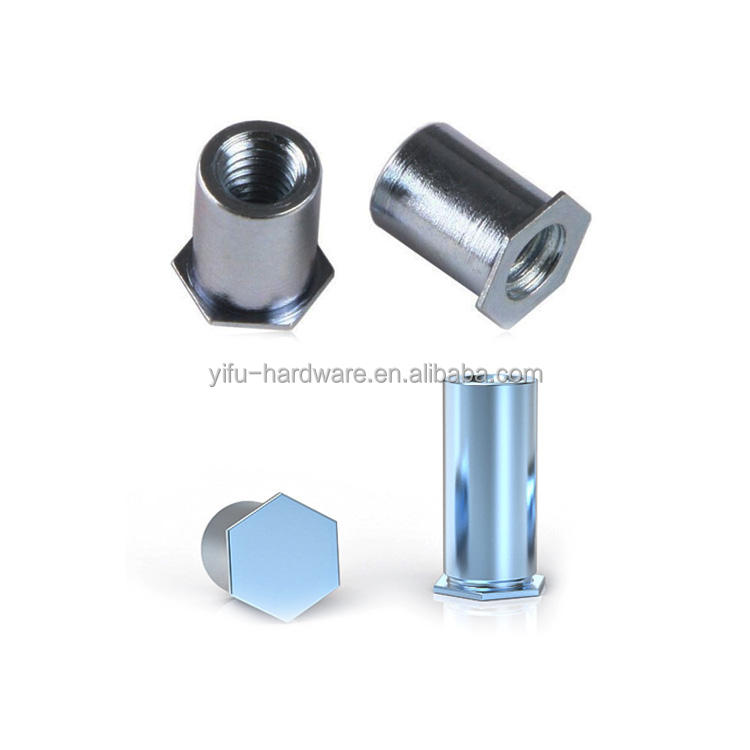Customized Hardware Fittings: A Comprehensive Guide
This comprehensive guide to customized hardware fittings covers all aspects of the process, from design and material selection to manufacturing and installation. It provides a clear understanding of the different types of fittings available, as well as their respective applications and advantages. The guide also includes helpful advice on how to measure and choose the right fittings for a particular job, as well as troubleshooting tips for common problems encountered during installation. Whether you are a professional tradesman or a DIY enthusiast, this guide will help you to get the job done right.
Hardware fittings are essential components in various industrial and construction applications. From plumbing to electrical systems, and from automotive to aerospace industries, these fittings play a crucial role in connecting, supporting, and protecting the various systems and components within each application. As such, it is essential to have a good understanding of the types, materials, and processes involved in their production. This guide will provide a comprehensive overview of customized hardware fittings, covering all the essential aspects you need to know to make informed decisions about their use in your specific applications.

Types of Hardware Fittings
Hardware fittings come in a wide variety of shapes and sizes, each designed to meet the unique needs of specific applications. Some common types include:
1、Pipes and Tubes: These fittings are used to transport fluids or gases within plumbing, irrigation, and other similar systems. Common examples include pipes nipples, sleeves, and couplings.
2、Fasteners: These fittings are used to securely attach two or more parts together. Common fasteners include screws, bolts, and nuts.
3、Gaskets: Gaskets are thin, usually flat, pieces of material that are used to provide a barrier or seal between two surfaces. They are commonly found in plumbing, automotive, and aerospace applications.
4、Bushings: Bushings are hollow cylindrical fittings that are used to protect wire cables or to provide a smooth surface for sliding parts. They are commonly used in electrical systems, automotive applications, and more.
5、Adapters: Adapters are fittings that are designed to convert one type of connection to another. For example, an adapter may convert a threaded connection to a socket connection or vice versa.
Materials Used in Hardware Fitting Production
Hardware fittings are produced using a variety of materials, each selected based on the specific requirements of the application. Common materials include:
1、Steel: Steel is a strong and durable material that is commonly used in heavy-duty applications, such as plumbing, automotive, and aerospace industries. It comes in a variety of grades and alloys to meet the specific needs of each application.
2、Brass: Brass is a copper-based alloy that is commonly used in plumbing and water supply systems due to its resistance to corrosion and its ability to withstand high pressures.
3、Bronze: Bronze is another copper-based alloy that is commonly used in bearings, gears, and other similar applications due to its excellent mechanical properties and its resistance to wear and corrosion.

4、Stainless Steel: Stainless steel is a steel alloy that contains chromium, providing resistance to corrosion and oxidation. It is commonly used in food processing, healthcare, and other similar applications due to its sanitary properties and its ability to withstand harsh environments.
5、Plastic: Plastic fittings are commonly used in low-cost applications where weight reduction is important or in situations where the use of metal would not be practical due to corrosion concerns or ease of installation issues. Common plastics used include polyethylene (PE), polypropylene (PP), and polyvinyl chloride (PVC).
Processes Involved in Hardware Fitting Production
The production of hardware fittings involves several processes to ensure the highest quality products are produced efficiently and cost-effectively. Common processes include:
1、Material Cutting: The first step in production is cutting the raw material into the desired shapes for each fitting. This can be done using various methods, such as laser cutting, waterjet cutting, or CNC machining.
2、Forming: After cutting, the material is formed into the desired shape using various methods, such as bending, rolling, or stamping. This step ensures that the fitting has the correct shape and dimensions for its intended application.
3、Heat Treatment: Many hardware fittings require heat treatment to enhance their mechanical properties or to prepare them for further processing steps. Common heat treatments include annealing, quenching, and tempering.
4、Surface Treatment: After heat treatment, the surface of the fitting may require further treatment to enhance its corrosion resistance, wear resistance, or aesthetic appearance. Common surface treatments include painting, plating, or coating with various materials, such as zinc, chromium, or nickel.
5、Quality Control: Finally, all hardware fittings undergo rigorous quality control procedures to ensure they meet the specified standards and specifications for their intended application. This includes inspecting for defects, measuring dimensions and tolerances, and testing for mechanical properties and thermal stability.
In conclusion, customized hardware fittings play a crucial role in various industrial and construction applications. Understanding the types, materials, and processes involved in their production will help you make informed decisions about their use in your specific applications. By following this comprehensive guide, you will be able to select the right fittings for your needs and ensure their successful integration into your systems.
Articles related to the knowledge points of this article:
CUSTOMIZATION OF HARDWARE: FROM TRADITIONAL CRAFTSMANSHIP TO MODERN INDUSTRY
Anhui Customized Household Electrical Appliances: Quality and Customization at Your Service
Customizing Hardware and Sheet Metal for Your Needs



